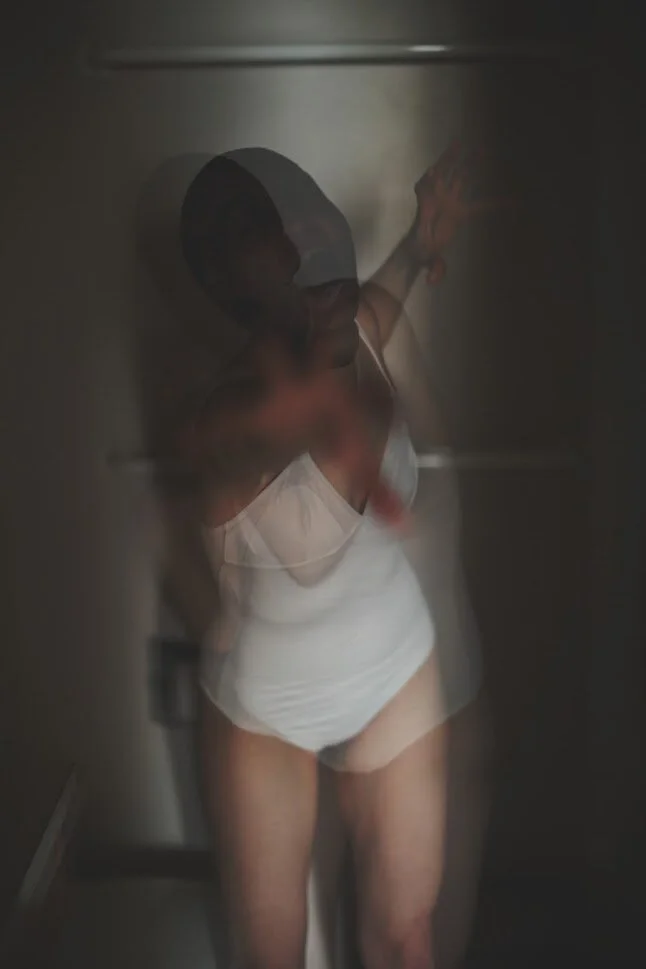
Asal Andarzipour
BIOGRAPHY
Asal Andarzipour (she/her/they) is a multidisciplinary creator based in Edmonton, Alberta. Her work contemplates past trauma and internal experiences throughout her life using mediums of oil painting, drawing, photography, video and beyond. Her creative practice is informed by her journey across the ocean as a settler in diaspora, and her scholarly works in between topics of sustainability and meeting of cultures in a globalizing world. Asal holds an MA in History of Art, Design and Visual Culture from the University of Alberta, an MFA in Collaborative Design from Syracuse University and a BFA in Industrial Design from the University of Tehran.
ARTIST STATEMENT
I was born in Iran in 1991 into a female body under patriarchy, and grew into mixed feelings about femalehood, and estranged from my body. Went to gender-segregated schools. Puberty was a mess. Learned how to navigate an unequal education system and excelled at it. By 18 I was struggling with my identity both within the traditional system of family, and as an individual within broader society. Both institutions had failed me. I meditated through the late 2000s sketching the body, during long hours with nude models in the underground studios of my hometown, Tehran. That technical practice of observational figurative-drawing formed the core of my practice for the next decade. Meanwhile I began exercising my voice as a citizen seeking social justice. I felt unheard. My art became my activism. I moved to North America in pursuit of equality. In New York State I explored the potential of sustainable design in making opportunities accessible to those currently disadvantaged by disabilities, aging, and gender inequality. At the University of Alberta, I studied the history of visual culture with a focus on Orientalist displays in the 19th century Europe. I started questioning the old stereotypes; the oppressed Middle-Eastern woman in particular, and started seeing the bigger picture of interwoven systems of power and control all over “modern” society that persist the patriarchy. An innocent comment by a peer on my choice of clothing or hairstyle, a slip-of-the-tongue comment by a date I turned down. I realized that the oppression of the female body is not to be blamed on, and reduced to the “Middle-Eastern man”. My body was again the centre of attention. My art became an escape from the stereotyped Oriental woman subject of the Gaze. My art now is my therapy. My practice today is a reflection of a childhood of being put in a box, a youth not lived, spent arrested for speaking up, and exhausted by immigration.






